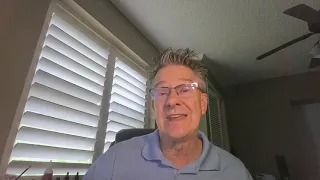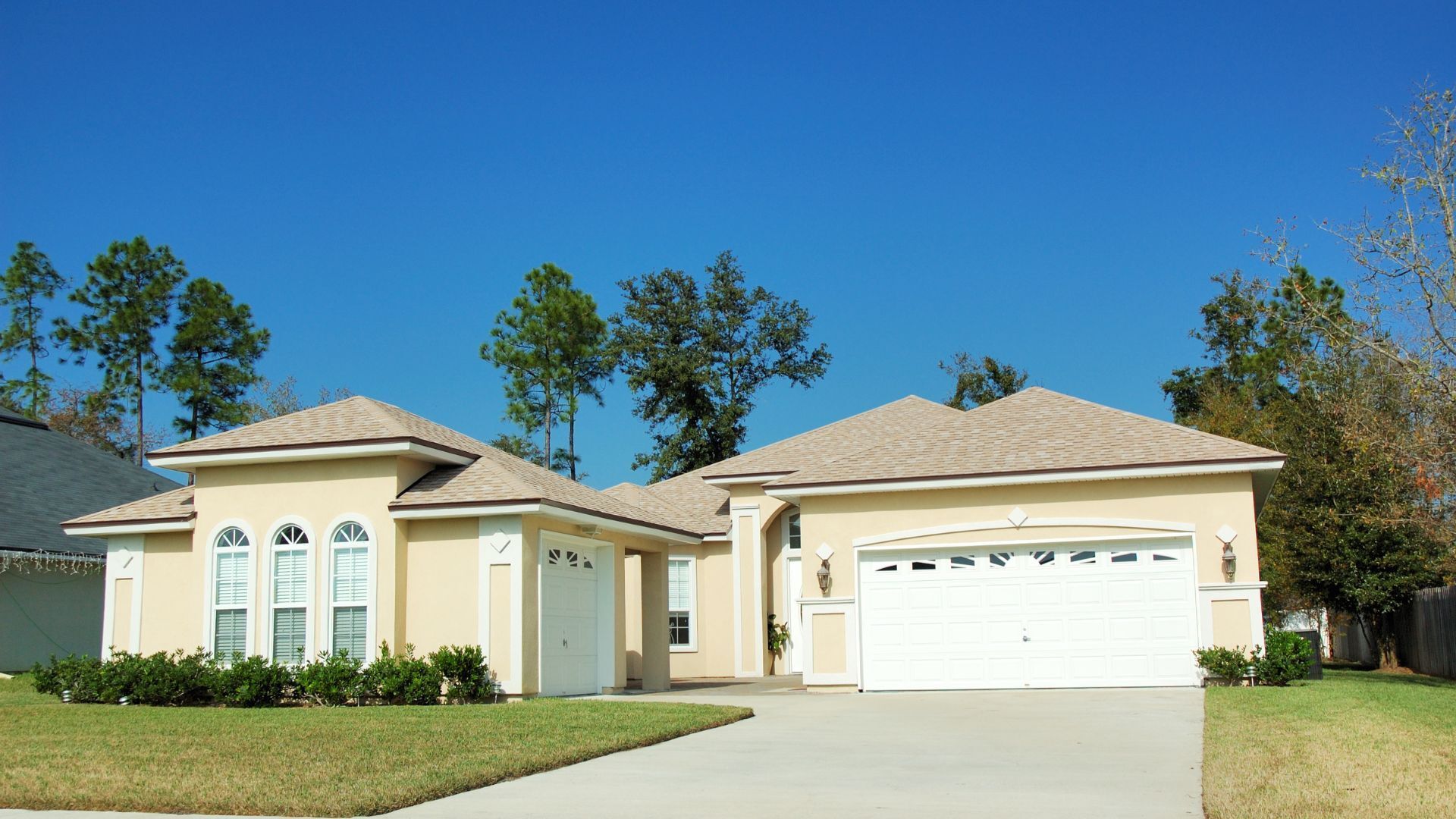Call (727) 784-5555
A more “normalized” housing market is on the horizon: NAR
The dip in contract signings in March suggests bidding wars are cooling
For the fifth consecutive month, pending home sales declined in March from February, down 1.2%, signaling a potential return to “much calmer” conditions, according to the National Association of Realtors.
Only the northeast region saw an increase in pending sales in March from February, according to an NAR news release based off data from its pending home sales index. But compared to the prior year, “pending sales fell for the 10th consecutive month, by 8.2%, with pending sales down across all regions.”
Lawrence Yun, chief economist for the NAR, said the dip in contract signings suggests “multiple offers will soon dissipate and be replaced by much calmer and normalized market conditions.”
He also expects higher mortgage rates to remain a key factor affecting home sales.
Yun forecasts the 30-year fixed mortgage rate will reach 5.3% by the fourth quarter, resulting in a 2022 mortgage rate average of 4.9%. The average mortgage rate should jump to 5.4% by 2023, Yun said.
“As it stands, the sudden large gains in mortgage rates have reduced the pool of eligible homebuyers, and that has consequently lowered buying activity,” Yun said. “The aspiration to purchase a home remains, but the financial capacity has become a major limiting factor.”
To take full advantage of the current market conditions, lenders and servicers must obsess over customer service.
Presented by: TMS
Yun additionally expects inflation will average 8.2% for the year, “although it will start to moderate to 5.5% in the second half of this year.” As of March the higher mortgage rates and sustained price appreciation has resulted in a year-over-year increase of 31% in mortgage payments – although major Sun Belt metros such as Tampa, Phoenix and Las Vegas have seen increases closer to 50% year-over-year.
Despite that, Yun said: “Overall existing-home sales this year look to be down 9% from the heated pace of last year. Home prices are in no danger of decline on a nationwide basis, but the price gains will steadily decelerate such that the median home price in 2022 will likely be up 8% from last year.”
Renters will face similar increases, which Yun says could prompt some renters to explore ownership – although the increasing mortgage rates may price them out.
“Fast-rising rents will encourage renters to consider buying a home, though higher mortgage rates will present challenges,” Yun said. “Strong rent growth nonetheless will lead to a boom in multifamily housing starts, with more than 20% growth this year.”
Even as home inventory remains low, Yun also expects single-family homebuilders to take a cautionary approach, resulting only in a modest “boost to construction of less than 5%.”
Start Your Loan
with DDA todayYour local Mortgage Broker
Mortgage Broker Largo See our Reviews
Looking for more details? Listen to our extended podcast!
Check out our other helpful videos to learn more about credit and residential mortgages.





